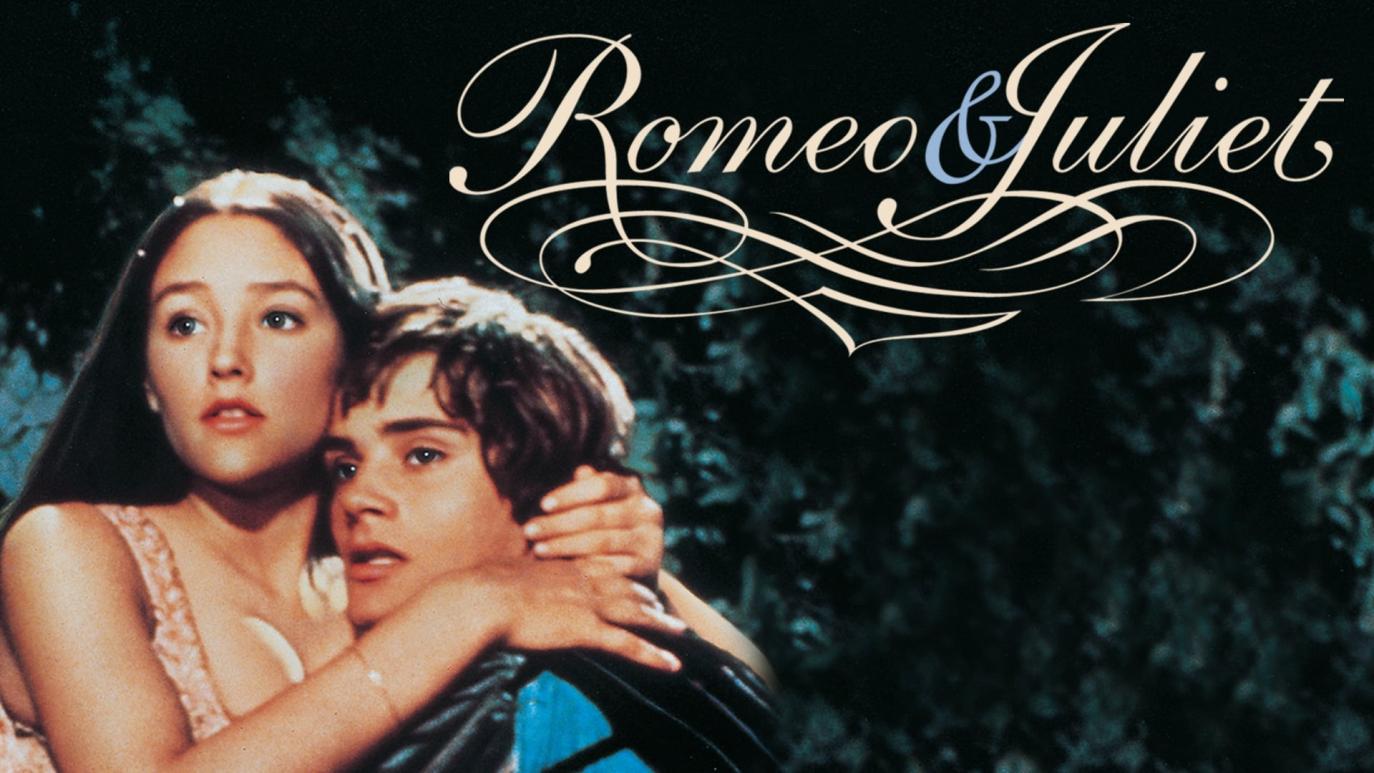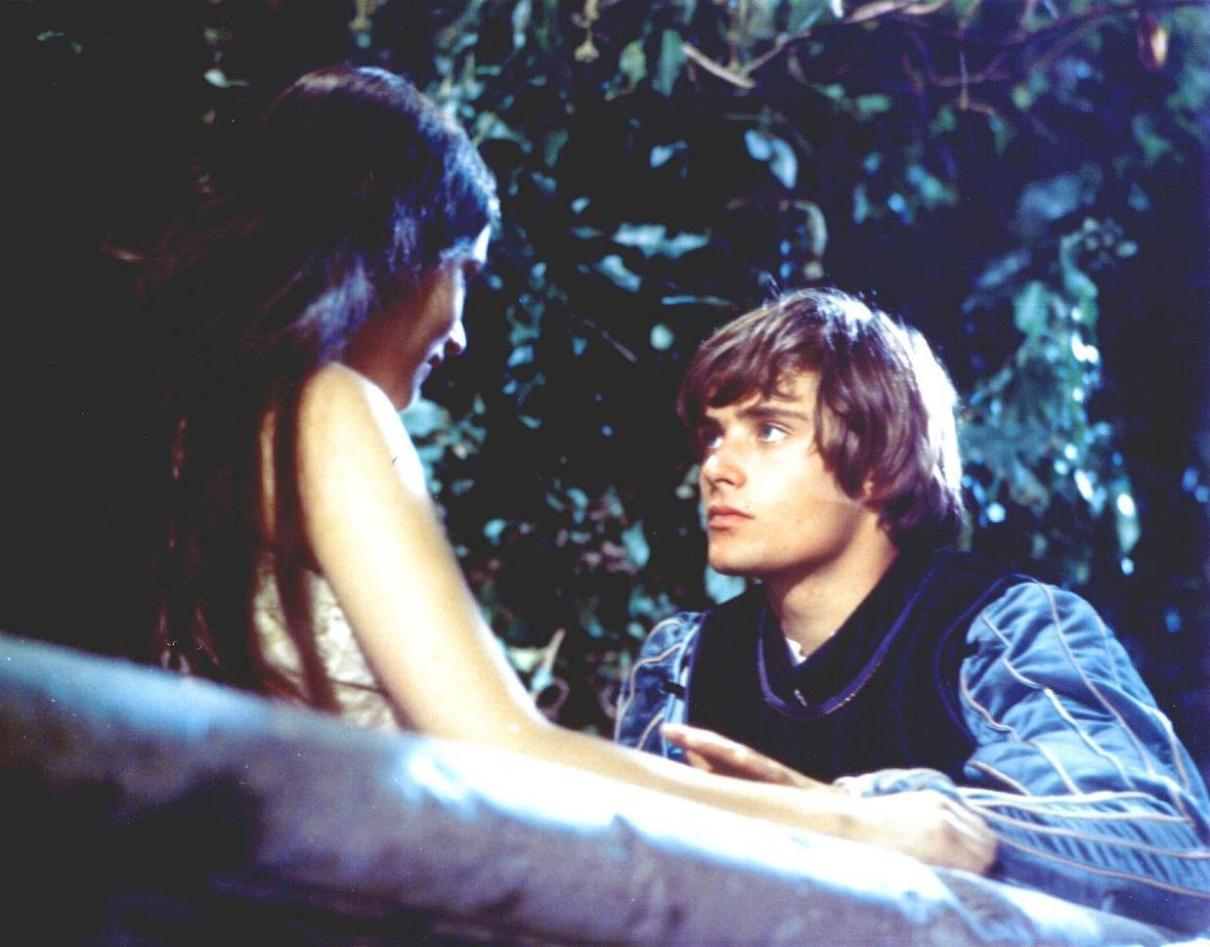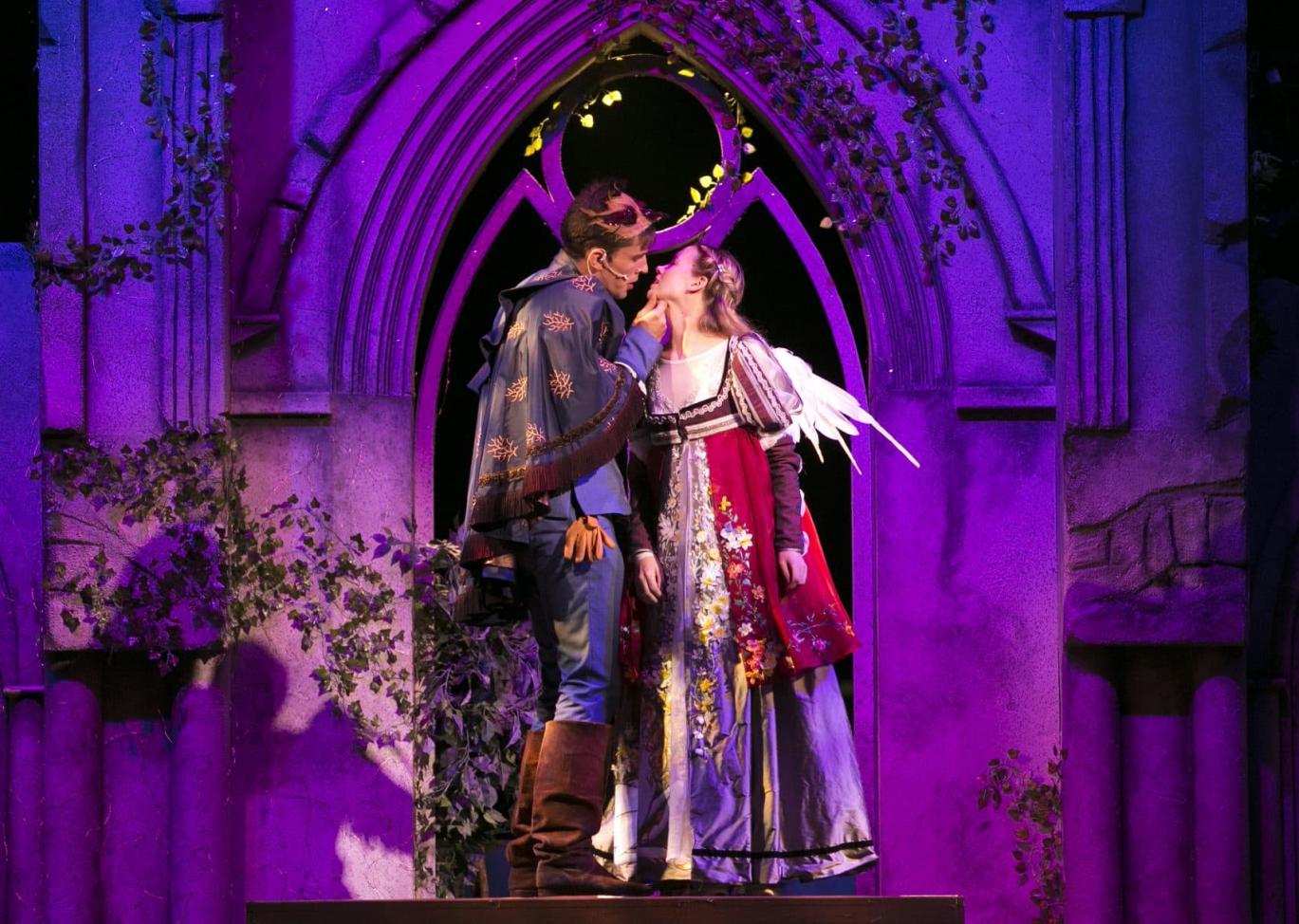In What Ways Does Shakespeare Use Language to Convey the Themes of Love, Hate, and Revenge in Romeo and Juliet?
William Shakespeare's timeless tragedy, Romeo and Juliet, explores the profound and often conflicting emotions of love, hate, and revenge. Through his masterful use of language, Shakespeare conveys these themes in intricate and thought-provoking ways, enhancing the play's emotional depth and universal resonance. This article delves into the various linguistic devices employed by Shakespeare to convey these central themes, shedding light on their significance in understanding the play's tragic events.

I. Love:
Imagery of Light and Darkness:
- Shakespeare employs contrasting imagery of light and darkness to symbolize the shifting emotions of love and hate.
- Light imagery is associated with love, hope, and joy, while darkness imagery is associated with hate, despair, and sorrow.
Symbolism of the Rose and the Nightingale:
- The rose is a recurring symbol of beauty, love, and passion in the play.
- The nightingale, with its sweet song and tragic end, symbolizes the bittersweet nature of love and its potential for both joy and sorrow.

Wordplay on Love and Hate:
- Shakespeare uses puns and oxymorons to explore the complex and often contradictory nature of love and hate.
- Characters express their conflicting emotions through wordplay, highlighting the fluidity and interconnectedness of these opposing forces.
II. Hate:
Imagery of Poison and Disease:
- Shakespeare employs imagery of poison and disease to convey the destructive and corrosive effects of hate.
- Poison imagery symbolizes the toxic nature of hate, while disease imagery suggests its ability to spread and infect relationships and communities.

Symbolism of the Feud between the Montagues and Capulets:
- The long-standing feud between the Montagues and Capulets serves as a powerful symbol of the destructive power of hate.
- The families' names, Montague and Capulet, suggest a sense of division and animosity, emphasizing the deep-rooted nature of their hatred.
Wordplay on Hate and Violence:
- Characters use violent language to express their hatred, reflecting the close relationship between hate and acts of violence.
- Hate often leads to bloodshed and destruction, highlighting its devastating consequences.
III. Revenge:
Imagery of Blood and Violence:
- Shakespeare uses imagery of blood and violence to convey the brutal and unforgiving nature of revenge.
- Blood imagery symbolizes the physical and emotional toll of revenge, while violence imagery depicts its destructive and irreversible consequences.
Symbolism of the Dagger and the Poison:
- The dagger represents the weapon of revenge, symbolizing its sharp and deadly nature.
- The poison symbolizes the means of carrying out revenge, suggesting its insidious and treacherous qualities.
Wordplay on Revenge and Justice:
- Characters use language to justify their acts of revenge, often presenting it as a form of justice.
- However, revenge is ultimately shown to be a destructive and self-defeating cycle, leading to more suffering and bloodshed.
Shakespeare's masterful use of language in Romeo and Juliet effectively conveys the play's central themes of love, hate, and revenge. Through imagery, symbolism, and wordplay, he explores the complexities of these emotions and their profound impact on the characters and the tragic events that unfold. These themes resonate with audiences of all ages, underscoring the enduring power of Shakespeare's language in shaping our understanding of human emotions and experiences.
YesNo

Leave a Reply